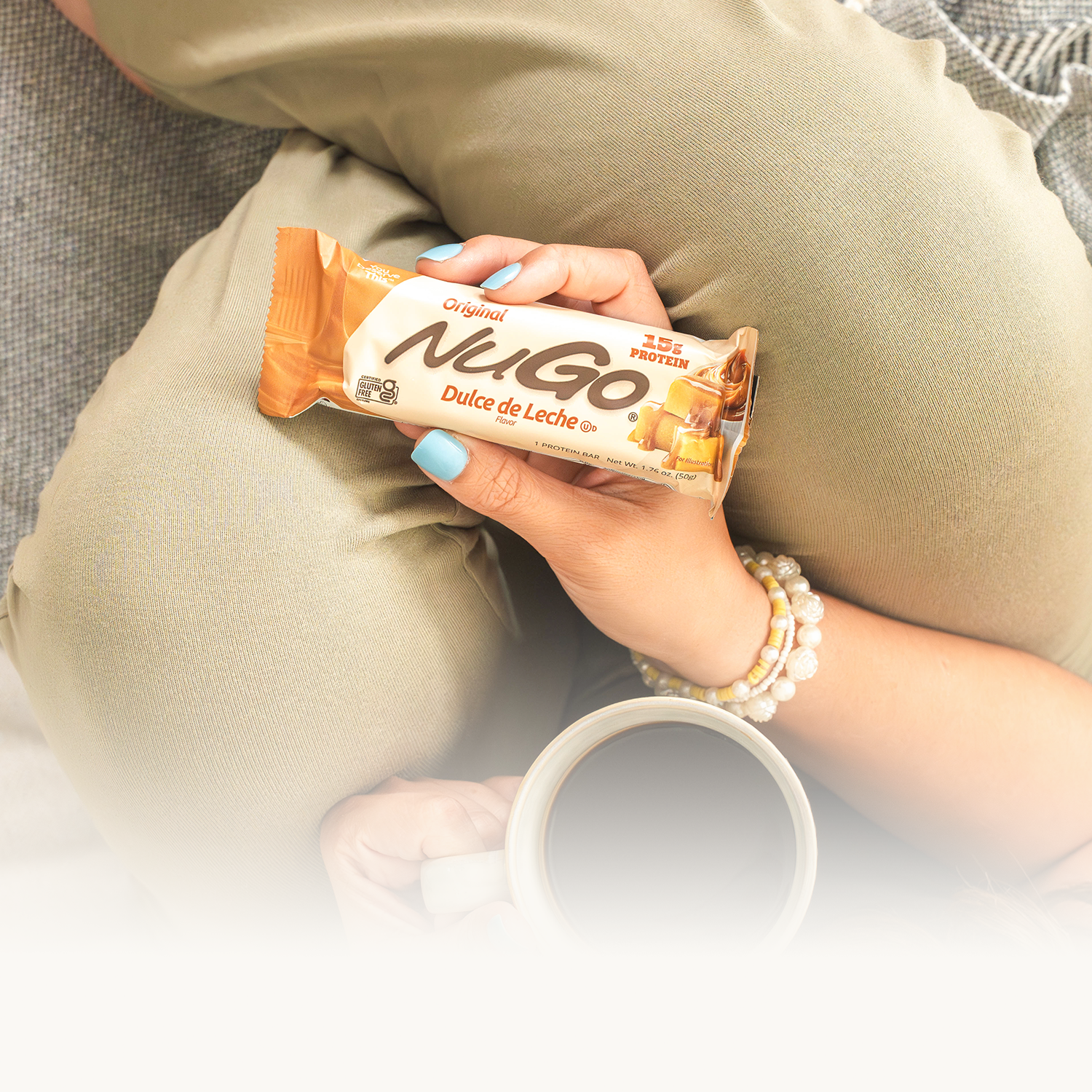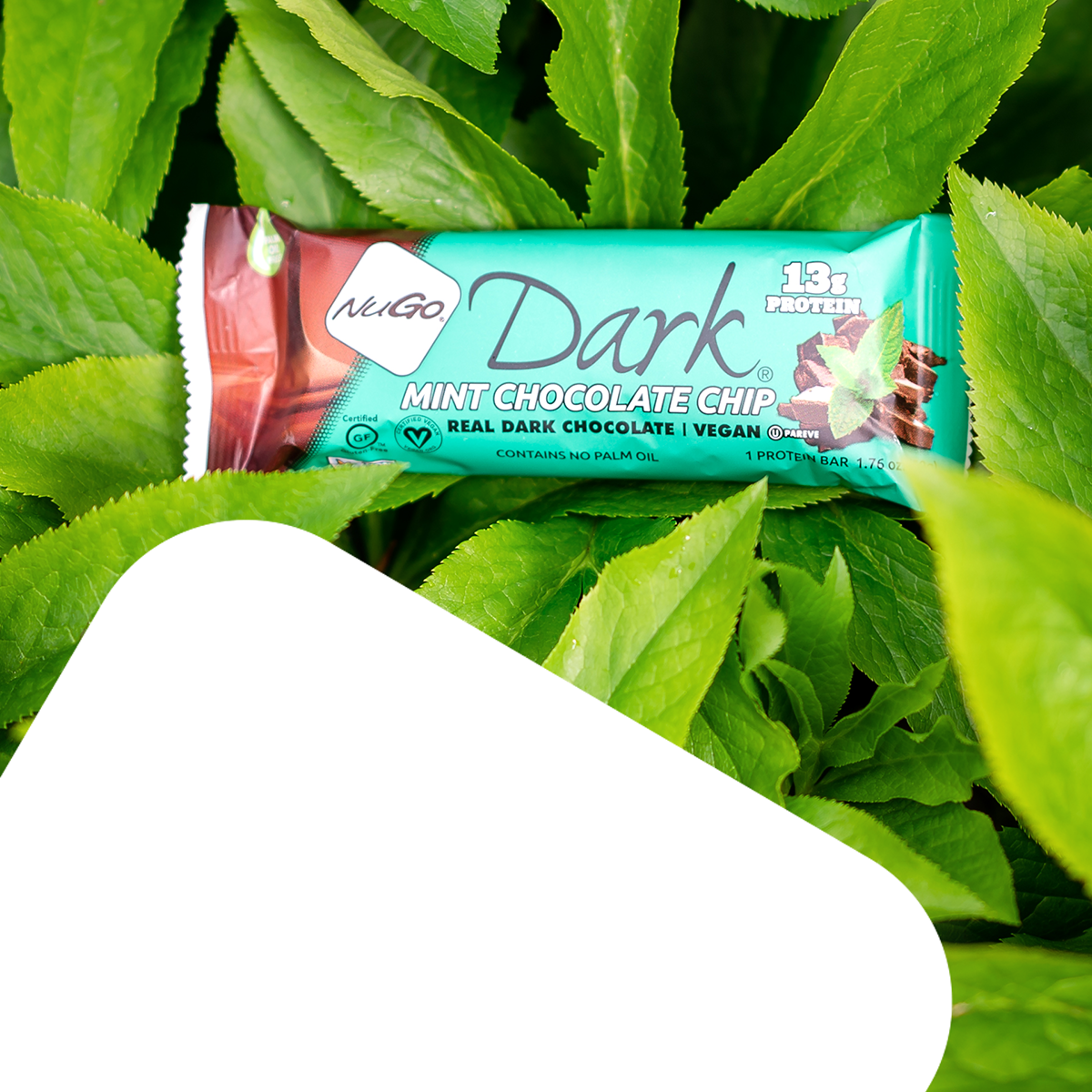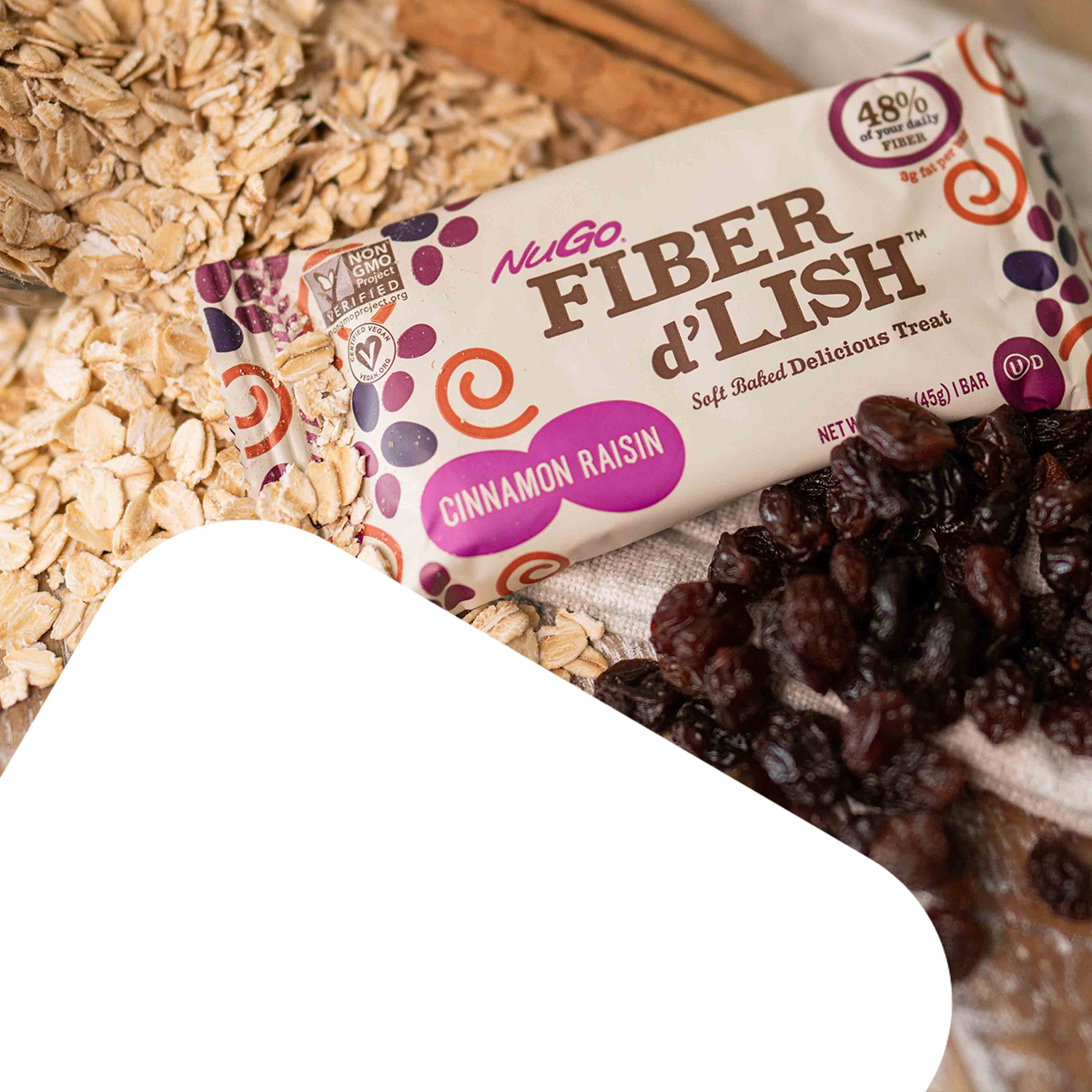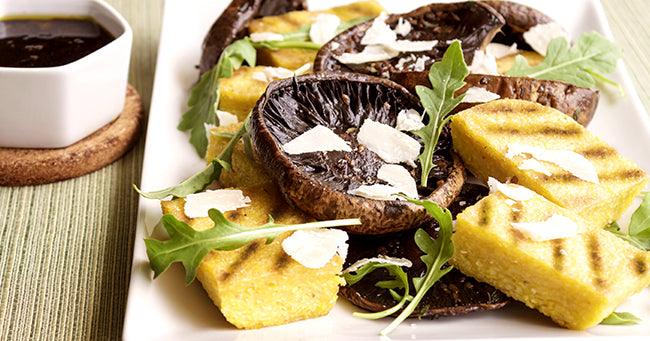Also referred to as the Stone Age diet, Paleolithic diets are as old as 10,000 to 2.5 million years old. Historically, these diets varied widely depending on the location of humans. Advocates of Paleo diets purport that following this approach will decrease the risk of chronic diet-related disease and improve human performance. So, just what is a Paleo diet? Do Paleo protein bars exist?
The following eight facts about Paleo diets define some of its history, rationale, and controversy.
1. The diet of Paleolithic humans contained no dairy products and was high in protein (from wild game hunting and fishing), high in fruits and vegetables (grown in the wild), and low in starches and grains. Natural sources of sugar came from honey and fruits. Paleo protein bars would have these ingredients, but they would be gluten free, dairy-free and grain-free. Paleo-friendly protein bars should also be organic protein bars.
2. According to the theory of Paleo diets, this is the nutrition that most closely matches the biologic design of humans since much of the human genome developed on this type of high-protein diet. Foods that were not available to Paleolithic humans, such as grains and dairy products, are avoided on the Paleo diet.
3. Some scientists argue against Paleo nutrition theory that the human genome has evolved rapidly since Paleolithic times, and that it is nearly impossible to truly replicate a Paleo diet in modern times. They also cite the poor health status of hunter-gatherer populations on a Paleolithic diet.
4. Benefits of a Paleo approach include its high quantities of fruits and vegetables, emphasis on lean meats and consuming adequate omega-3 fatty acids, and avoidance of refined carbohydrates. Meat, fish, poultry, eggs, and most fruits and vegetables compose Paleo diets.
5. A shortcoming of Paleo diets is the complete elimination of entire food groups, which unnecessarily restricts variety and makes it more difficult to eat a balanced diet. Examples of nutrient-dense foods to avoid include dairy products, oats, wheat, corn, rice, quinoa, soybeans, peanuts, lentils, potatoes and chickpeas. Many organic protein bars include these ingredients.
6. Alcoholic beverages are allowed in moderation, although it is unclear where these showed up historically in Paleolithic diets.
7. Several clinical studies demonstrate the Paleo diet as nutritionally inadequate in calcium, iron, and dietary fiber.
8. The longest living people living in the world do not consume a Paleo diet. Rather, meat intake is infrequent, and cereal grain or starch forms the basis of the diet.
While there are some positives to the Paleo diet, including the focus on whole foods and lean protein sources, most of the concepts presented are not yet supported by comprehensive quality research. Rather, they are backed up by isolated studies, testimonials, and anecdotes. For a paleo protein bar, try NuGo Egg White Protein Bars in three delicious paleo flavors (Blueberry, Maple Pecan and Dark Chocolate Sea Salt).
Reference: Hertzler, S. (2014). The Paleo Diet: Stone Age Nutrition for Today’s Athlete? SCAN’s Pulse.










Leave a comment
This site is protected by hCaptcha and the hCaptcha Privacy Policy and Terms of Service apply.